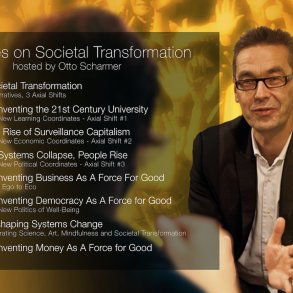By Lia Aurami for Enlivening Edge Magazine
I know many people who are in groups labelled as “community” but who don’t actually experience a sense of community, and still yearn for that. And many people in communities are frustrated because the community isn’t giving them what they need. Figuring out the type of community you’re in, and what you want, are explored in Part 2 of this series.
But what if you are in a community of practice that doesn’t seem to be fulfilling its potential for making a social movement into “the new normal”? This potential spurred me to write this series. You can read about it in Part 1.
There are so many resources available for helping your Community of Practice fulfill its evolutionary purpose more powerfully, and more satisfyingly for the participants. Here I will point you to a few that open doors to vast riches of learning.
Cultivating successful CoP’s
This portion of Wikipedia’s entry on Communities of Practice says (bolding added):
“What makes a community of practice succeed depends on the purpose and objective of the community as well as the interests and resources of the members of that community. [Etienne] Wenger identified seven actions that could be taken in order to cultivate communities of practice:
“1. Design the community to evolve naturally. Because the nature of a community of practice is dynamic, in that the interests, goals, and members are subject to change, CoP forums should be designed to support shifts in focus.
“2. Create opportunities for open dialog within and with outside perspectives – While the members and their knowledge are the CoP’s most valuable resource, it is also beneficial to look outside of the CoP to understand the different possibilities for achieving their learning goals.
“3. Welcome and allow different levels of participation – Wenger identifies 3 main levels of participation. 1) The core group who participate intensely in the community through discussions and projects. This group typically takes on leadership roles in guiding the group 2) The active group who attend and participate regularly, but not to the level of the leaders. 3) The peripheral group who, while they are passive participants in the community, still learn from their level of involvement. Wenger notes the third group typically represents the majority of the community.
“4. Develop both public and private community spaces – While CoP’s typically operate in public spaces where all members share, discuss and explore ideas, they should also offer private exchanges. Different members of the CoP could coordinate relationships among members and resources in an individualized approach based on specific needs.
“5. Focus on the value of the community – CoP’s should create opportunities for participants to explicitly discuss the value and productivity of their participation in the group.
“6. Combine familiarity and excitement – CoP’s should offer the expected learning opportunities as part of their structure, and opportunities for members to shape their learning experience together by brainstorming and examining the conventional and radical wisdom related to their topic.
“7. Find and nurture a regular rhythm for the community – CoP’s should coordinate a thriving cycle of activities and events that allow for the members to regularly meet, reflect, and evolve. The rhythm, or pace, should maintain an anticipated level of engagement to sustain the vibrancy of the community, yet not be so fast-paced that it becomes unwieldy and overwhelming in its intensity (Wenger, McDermott & Snyder 2002).”
Many suggestions for creating successful, powerful Communities of Practice that can fulfill their potential for the evolution of organizations and society are available by searching for the term Communities of Practice or clicking on that tag below this article. What can you contribute from your experience or knowledge, by your comments below?

Lia Aurami: This article emerged from my passion for optimizing the chances of success of transformative changes, especially using the power of shared consciousness, including collective intelligence and wisdom, which are so well-embodied through Communities of Practice. It helps that I am a Partner in Enlivening Edge itself as a community of practice for Teal worldview consciousness.




